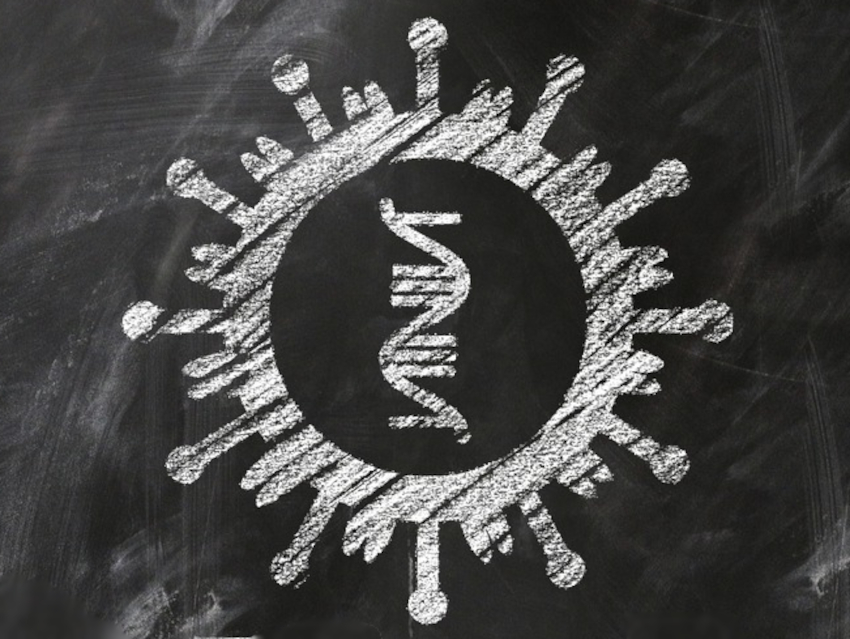Some people with COVID-19 infections keep testing positive for viral RNA, even when they have recovered and no longer shed the virus—for weeks or months, in some cases. Due to the absence of virus that can replicate, these cases can not be explained by reinfection, and their cause has remained a mystery so far.
Rudolf Jaenisch, Whitehead Institute for Biomedical Research and Massachusetts Institute of Technology (MIT), both Cambridge, MA, USA, and colleagues have investigated whether some of the positive PCR tests of recovered patients could be explained by SARS-CoV-2 RNA that is reverse-transcribed and integrated into the DNA of human cells. The team used a human cell line (HEK293T) that is often used for protein expression and for the production of recombinant retroviruses, added LINE1 expression plasmids as a mediator, and infected the cells with SARS-CoV-2. LINE1 (“long interspersed nuclear elements”) sequences make up about 17 % of human DNA. Some of them are retrotransposable, i.e., they can change their position within the genome via a transcription from DNA to RNA and a reverse transcription from this RNA to DNA, which is then inserted back into the genome. The researchers isolated DNA from the cell cultures two days after the infection with SARS-CoV-2.
Using PCR and DNA sequencing, the team found DNA copies of SARS-CoV-2 nucleocapsid sequences in the infected cells, flanked by host DNA sequences. This suggests that RNA of SARS-CoV-2 can be reverse-transcribed in human cells, possibly mediated by LINE1, and that the resulting DNA can be integrated into the genome of the host cell. This could lead to persistent positive PCR tests for COVID-19. Replicating these findings in tissues of COVID-19 patients, however, could be challenging because only a small fraction of cells are expected to incorporate viral sequences. According to the researchers, infectious virus cannot be produced from the integrated SARS-CoV-2 gene sequences.
- Reverse-transcribed SARS-CoV-2 RNA can integrate into the genome of cultured human cells and can be expressed in patient-derived tissues,
Liguo Zhang, Alexsia Richards, M. Inmaculada Barrasa, Stephen H. Hughes, Richard A. Young, Rudolf Jaenisch,
Proc. Natl. Acad. Sci. 2021, 118, e2105968118.
https://doi.org/10.1073/pnas.2105968118
Also of Interest
- Collection: SARS-CoV-2 Virus
What we know about the new coronavirus and COVID-19




